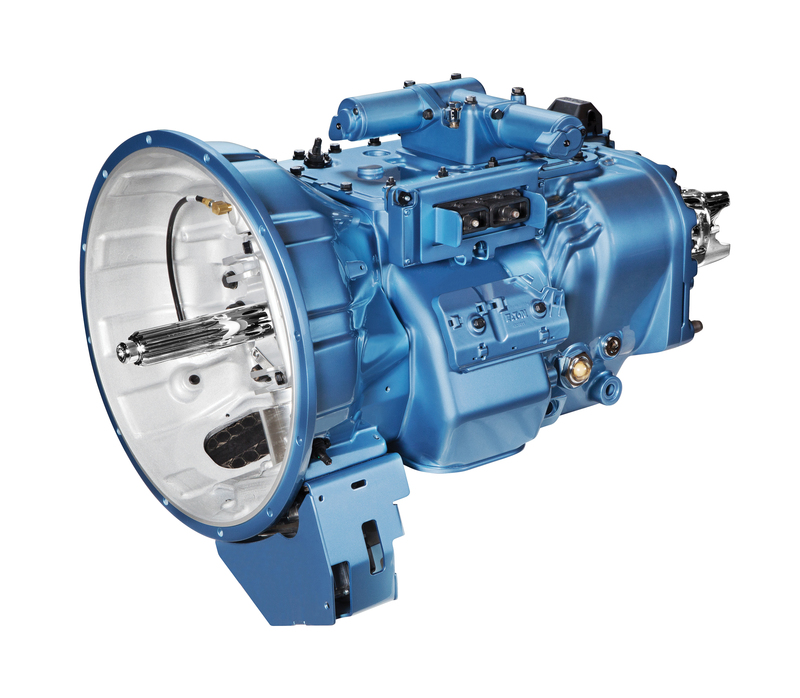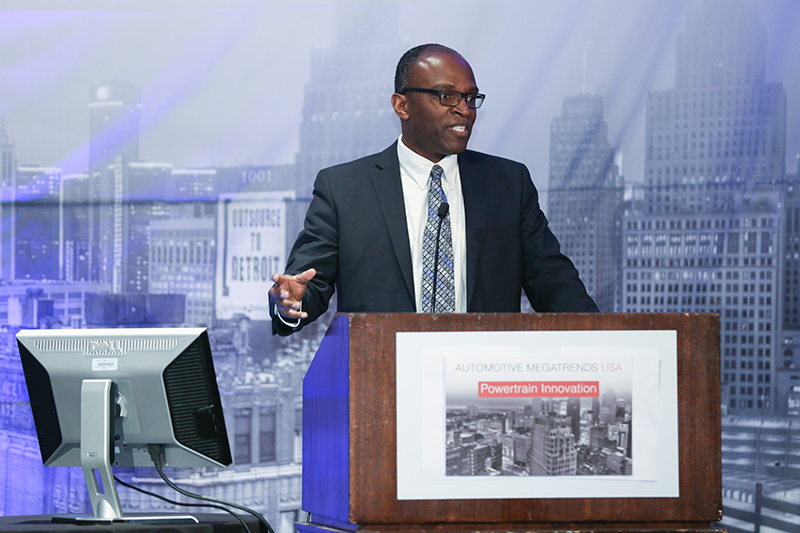Eaton has recently expanded its transmission line-up in order to offer weight savings and improved fuel efficiency for its customers. The company says the new additions come directly from consumer demand.
Broadening portfolio
Recent additions to its Fuller Advantage Series transmissions as well as new electronic capabilities in the UltraShift PLUS automated transmission sees Eaton substantially expanding its product portfolio.
The company has announced three manual transmissions with new direct drive gear ratios, two automated models, again with new direct drive gear ratios, and four automated transmissions with new overdrive ratios.

“Our customers have been asking us for additional ratio coverage in both direct drive and overdrive designs. All of the direct drive additions are ideally suited for a variety of linehaul applications and will be especially beneficial for regional and LTL (Less Than Truckload) customers with day cabs and 6X2 axles. The other additions are ideal for linehaul/on-highway fleets and provide better options for customers preferring axle ratios that are best suited for an overdrive transmission,” explained Ryan Trzybinski, Product Planning Manager, Eaton.
Furthermore, both the Fuller Advantage Series and the UltraShift PLUS automated transmissions are now able to disengage the driveline on decline gradients in order to drop engine speeds to idle thanks to SmartCoast – a new feature which will “improve fuel consumption by up to 1% and ensures safe operation regardless of driving conditions,” says the supplier.
“This new option promises to bring fuel efficiency improvements to linehaul fleets typically travelling on roads where hills and grades are present. The gains will vary depending on the amount and severity of grades encountered,” added Trzybinski.
The key points
Speaking at Automotive Megatrends USA, Michael Omotoso, Senior Manager of Automotive Market Intelligence, Eaton, stated, “The main driver of powertrain innovation, not just for Eaton but for all OEMs and suppliers, are global CO2 and efficiency standards. We believe that all markets will converge at roughly the same level towards the 2025 timeframe.”

Like many other industry experts, Omotoso believes it is important for Eaton to offer a variety of powertrain solutions, as “there is not one single solution to the problem.”
That said, he does believe that all powertrains could benefit from “simply reducing weight through the use of materials like aluminium, carbon fibre and plastic to replace steel.” In doing so, powertrain manufacturers work towards meeting fuel efficiency targets whilst delivering savings for the customers.
There are still improvements to be made in Eaton’s ICE components, says Omotoso. This, he suggests, is inadvertently preventing sales of alternative engine architectures: “When considering the slow uptake of alternative engine architectures, continual investments in ICE technology are a primary reason behind poor sales. However, all the technologies still cost money, even if they are cheaper than their alternative engine counterparts,” he continues. “We have seen the cost of vehicles steadily increase over the years. When considering this cost in 2025, the rise might mean that there will be a drop in sales,” he warned.
Despite the expected sales decline, Omotoso is confident that Eaton has a bright future, especially when considering new additions like the Fuller Advantage Series transmissions updates. “The successful OEMs and suppliers will be the ones that can meet the fuel economy requirements through their technologies, but also keep the customer happy. At the end of the day, these new technologies have come directly from consumer demand,” he concluded.
Michael Nash



